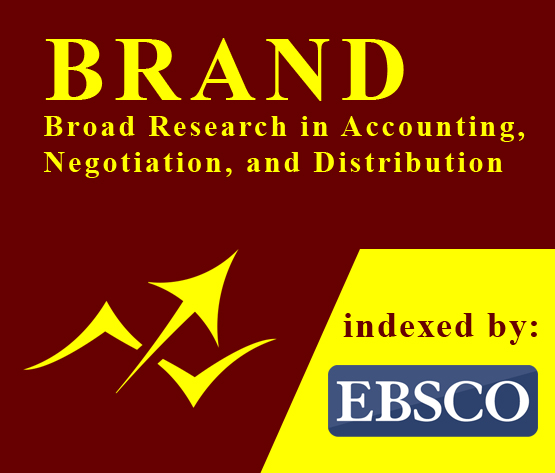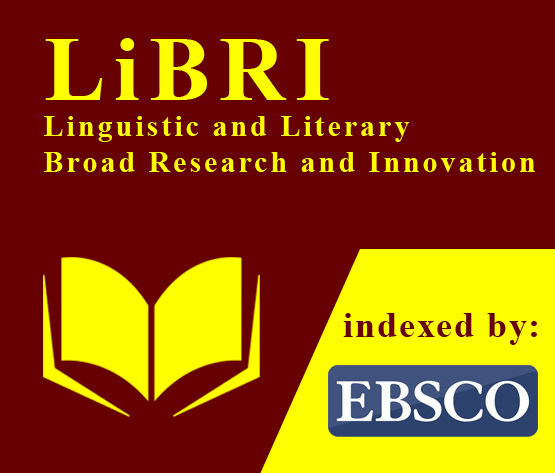Aspects of Spanish Paremiology
Abstract
English
Each community has its own paremiological treasure. Considered "true gems of thought" by the Romanian writer Mihai Eminescu (1989: 8), proverbs represent a product of folklore, but also a speech act (Danilov, 1995: 9), so, in other words, proverbs are the exponential potential of a certain language and of a given culture. The Hispanic culture has an important place in the universal paremiology, Miguel de Cervantes being considered one of the first theoreticians, by most of the paremiologists: Cezar Tabarcea (1982), Constantin Negreanu (1983), Wolfgang Mider (2004), etc. This study focuses on presenting some aspects of Spanish paremiology: origins, features and taxonomies, pointing out the uniqueness of these proverbs. Origins revealed the universal character of the Spanish proverbs (the biblical and Latin cultural sources), but also the cultural specificity – history (No se ganó Zamora en una hora) and customs (Buenas son mangas después de Pascuas). Regarding the linguistic features, María Josefa Canellada (2001: 429-434) mentioned that Spanish proverbs have a tendency of suppressing elements (verbs and articles), converting the unit into a nominal phrase. At the same time, Spanish proverbs present specific prosodic peculiarities and a simple vocabulary, based on common words. The possibilities of classifying of Spanish proverbs that we approached include a syntactical and thematic criteria (Sevilla, 2000) and philosophical principles (Tabanera, 1954).
Keywords: Spanish paremiology, cultural specificity, nominal phrase, lexicon field, categories.
Français
Chaque communauté a son propre trésor parémiologique. Considéré comme «authentique joyaux de la pensée", qui viens de l'écrivain roumain Mihai Eminescu (1989: 8), les proverbes symbolise un produit du folklore, mais aussi un acte de parole (Danilov, 1995: 9), en d'autres termes, les proverbes montrent l'exposant d’une certaine langue et d'une culture donnée. La culture hispanique centralise une place très importante en ce qui concerne la parémiologie universelle, Miguel de Cervantes étant considéré comme l'un des premiers théoriciens, par la plupart des paremiologues comme Cezar Tabarcea (1982), Constantin Negreanu (1983), Wolfgang Mider (2004), etc. Cette étude se concentre sur la présentation de certains aspects de la parémiologie espagnole: les origines, les caractéristiques et taxonomies, soulignant le caractère unique de ces proverbes. Les origines ont été révélé le caractère universel des proverbes espagnols (les sources bibliques et la culture latine), mais aussi la spécificité culturelle - l'histoire (No se ganó Zamora en una hora) et les coutumes (Buenas son mangas después de Pascuas). En ce qui concerne les caractéristiques linguistiques, María Josefa Canellada (2001: 429-434) a mentionné que les proverbes espagnols ont une affinité pour supprimer des éléments (verbes et articles), la conversion de l'unité dans une phrase nominale, exposent une particularité prosodiques spécifiques et un vocabulaire simple, basé sur les mots communs. Les moyens de classification que nous approchions comprennent un critère syntaxiques et thématiques (Sevilla, 2000) et les éléments philosophiques (Tabanera, 1954).
Mots-clés: Parémiologie espagnol, spécificité culturelle, la phrase nominale, champ lexical, les catégories.






